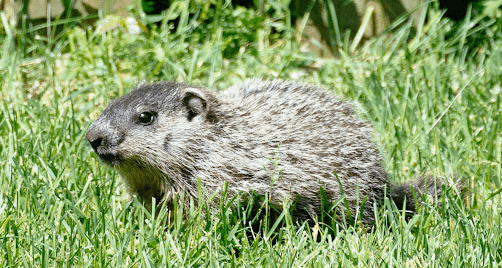Baby:1iqxymb_1jq= Groundhog

Baby:1iqxymb_1jq= Groundhog, born blind and hairless, exhibit fascinating developmental stages that reflect their adaptation to a subterranean environment. Emerging from a gestation period of approximately 32 days, these young rodents rely on maternal care for survival in their early weeks. As they mature, their transformation from vulnerable infants to inquisitive foragers raises intriguing questions about their behavioral patterns and ecological roles. What implications do these early life stages have on their future interactions within the ecosystem and their place in cultural narratives? The exploration of these dynamics reveals much more than meets the eye.
Groundhog Basics
Groundhogs, scientifically known as Marmota monax, are a species of large ground squirrels that inhabit various regions across North America.
Their habitat preferences include open fields, forests, and areas near human settlements, providing ample burrowing opportunities.
These creatures exhibit herbivorous dietary habits, primarily consuming grasses, fruits, and vegetables, which are vital for their growth and energy management throughout the seasons.
Unique Behaviors and Traits
Among the many fascinating aspects of Marmota monax are their unique behaviors and traits that enhance their adaptability to diverse environments.
Their burrowing habits provide shelter from predators and extreme weather, while their seasonal patterns dictate hibernation and foraging strategies.
These behaviors reflect a remarkable ability to thrive in varying climates, showcasing the groundhog’s resilience and resourcefulness in the wild.
Role in Ecosystems
The role of the groundhog in ecosystems is multifaceted, contributing significantly to both the structure and function of their habitats.
Groundhogs impact their habitats by aerating the soil through burrowing, promoting plant growth. They serve as a food source for various predators, thus maintaining the predator-prey balance.
Their presence is vital for sustaining biodiversity and enhancing ecosystem resilience.
Read Also Logo:9nyte9ab1a8= Skz
Cultural Significance and Folklore
Throughout history, various cultures have attributed significant meaning to groundhogs, particularly in the context of weather prediction and seasonal change.
Groundhog symbolism often reflects the duality of nature, embodying both hibernation and awakening. Groundhog traditions, such as Groundhog Day, highlight humanity’s desire to connect with and understand natural cycles, illustrating how folklore shapes our perceptions of time and the environment.
Conclusion
In conclusion, the life cycle of Baby:1iqxymb_1jq= Groundhog pups exemplifies the intricate balance of nature, where blind, hairless beginnings transition into vibrant, foraging young. Their development reflects not only individual resilience but also the interconnectedness of ecosystems, as each pup learns vital survival skills under the watchful eye of its mother. Furthermore, the cultural significance attributed to groundhogs enhances their role as symbols of seasonal change, intertwining nature’s rhythms with human tradition, creating a rich tapestry of life.





